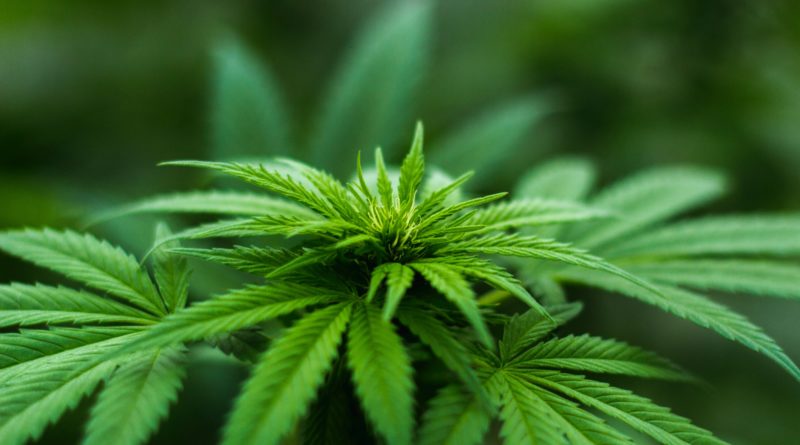Understanding Medical Marijuana and Disability
Medical marijuana is either legalized (for recreational or medical purposes) or decriminalized in 46 states, the District of Columbia, Puerto Rico, and the U.S. Virgin Islands. The medical marijuana movement from an illegal drug to widely accepted for recreational and medical use has been dramatic. According to a 2013 study published by the New England Journal of Medicine, nearly 8 in 10 doctors approve of the use of medical marijuana. Medical marijuana has palliative applications for chronic pain, migraines, arthritis, and cancer.
What is Medical Marijuana?
Marijuana contains two compounds: Cannabidiol (CBD) and Tetrahydrocannabinol (THC), and both compounds have useful medical effects. CBD can alleviate inflammation, muscle spasms, and anxiety. THC can help with sleep, improve mood and appetite (and thus offset some side-effects from cancer treatment), and relieve neuropathic and other types of pain. THC The use of CBD and THC are useful in addressing medical issues.
Now that medical marijuana is legal or decriminalized in the vast majority of states, it can be applied in many forms. Medical marijuana is mixed in various strengths, either containing both CBD and THC or only one compound. The array of options allows patients and doctors to apply medical marijuana in a targeted fashion. Moreover, medical marijuana can be smoked through a vape pen or traditionally smoked, eaten, swallowed as a capsule, applied topically as a cream, or inhaled as an oil or spray.
Studying Medical Marijuana
Cannabis law is rapidly evolving in many states, but it remains a Schedule I controlled substance by the federal government. Therefore, universities, research groups, and companies are restricted in applying for and receiving funding to study medical marijuana’s uses and effectiveness. The dearth of peer-reviewed research forces doctors to rely on studies conducted in Europe and a handful of US-based approved medical studies.
Accordingly, many patients and doctors rely on anecdotal evidence of individuals experiencing dramatic relief from the use of medical marijuana. Unfortunately, this means that some patients may need to proceed with a “trial and error” approach to determine how much or little medical marijuana may alleviate their symptoms.
Further, the medical effects of some applications of medical marijuana are not well-understood. For example, inhaling burnt marijuana (like in a bud) causes some people to equivocate smoking marijuana with smoking cigarettes and argue it can cause lung cancer. While there is little research to support the argument that smoking marijuana can cause cancer, there is also very little research on the long-term effects.
Medical Marijuana and Disability
Medical marijuana has applications for people suffering from long-term conditions and disabilities. Several studies have found that medical marijuana can alleviate pain, dizziness, nausea, depression, and anxiety. Medical marijuana is approved to treat many long-term medical conditions, including:
- Lou Gehrig’s disease (ALS),
- Arthritis,
- Cancer,
- Epilepsy,
- Multiple Sclerosis,
- Parkinson’s disease,
- Crohn’s disease,
- Glaucoma,
- PTSD, and
- HIV/AIDS.
The Social Security Administration has no official drug testing policy. Therefore, the use of medical marijuana should not affect applications for disability insurance. However, as it remains illegal under federal law, there are some constrictions. If the patient is prescribed medical marijuana for a qualifying condition and uses it per the doctor’s instructions, it shouldn’t affect his or her disability application. Moreover, the side effects of using medical marijuana could bolster the applicant’s contention that they are unable to secure employment.
Drawbacks to Medical Marijuana
Medical marijuana can address ailments from many medical conditions. However, since it remains illegal, patients cannot fly or legally cross state borders carrying medical marijuana. Further, patients who need to take marijuana every few hours to manage a chronic condition, like seizures or pain, cannot operate a vehicle because they risk a DUI. Medical marijuana is typically not covered by insurance. Finally, medical marijuana remains taboo. Smoking medical marijuana is common, but because of cultural taboos, some patients suffering from medical conditions may rely more on social media message boards than their doctors in treating their symptoms.

